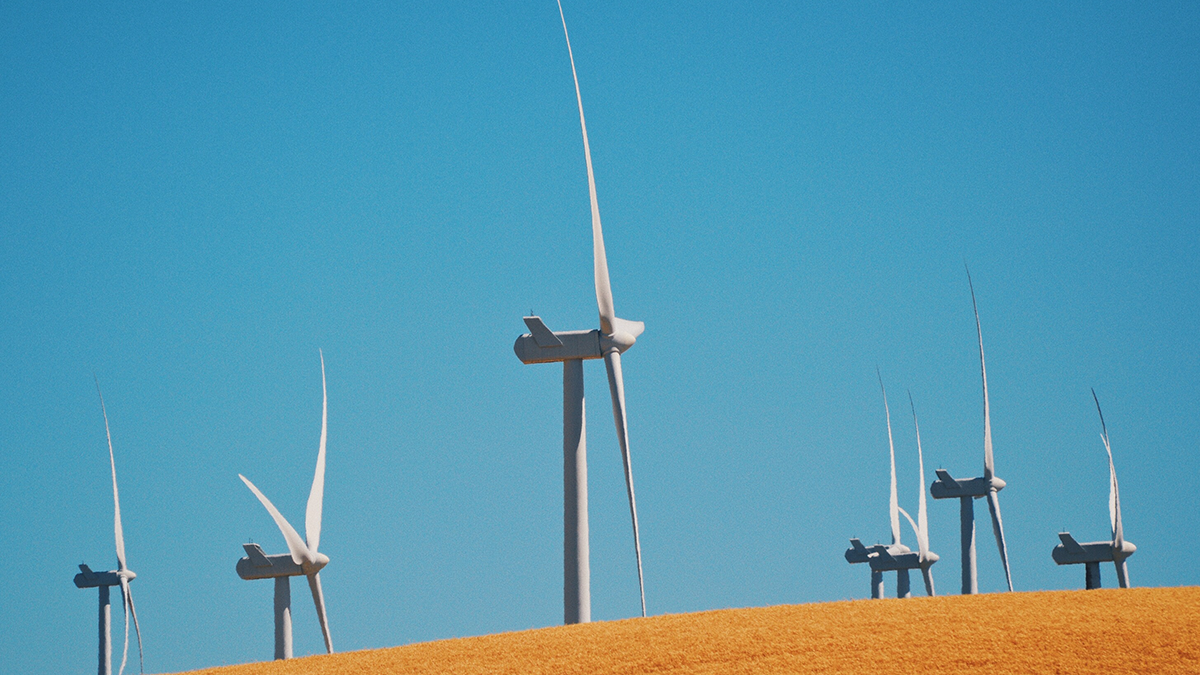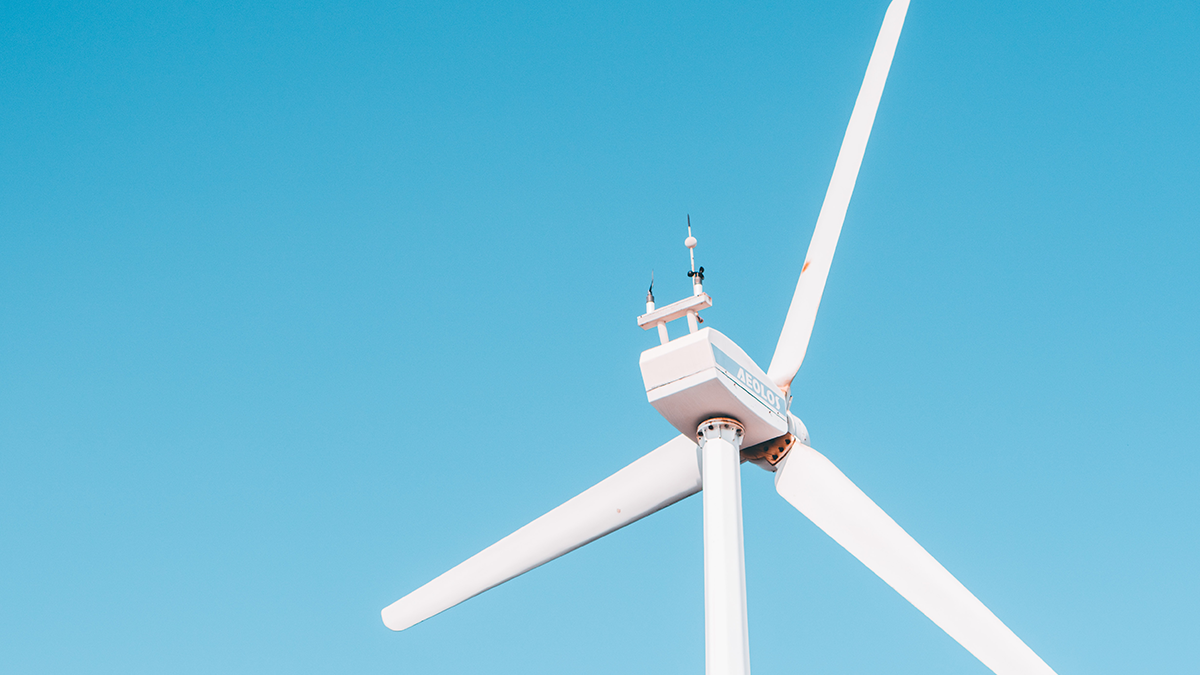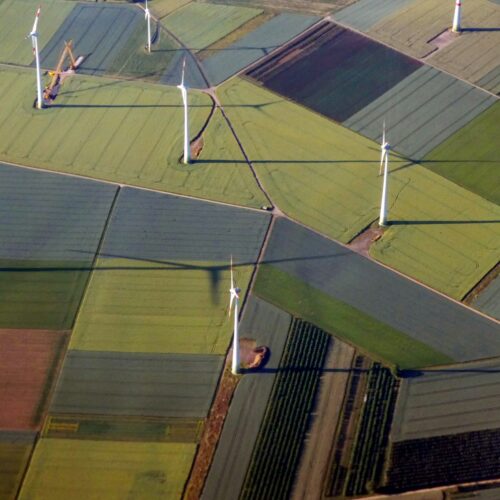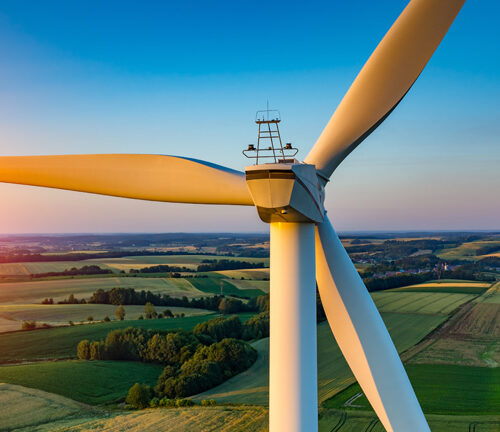There are two types of wind turbines. One is Vertical axis wind turbines and the other is horizontal axis wind turbines. We know that there is enough wind globally to satisfy much, or even most, of humanity’s energy requirements – if it could be harvested effectively and on a large enough scale.
Vertical Axis Wind Turbines
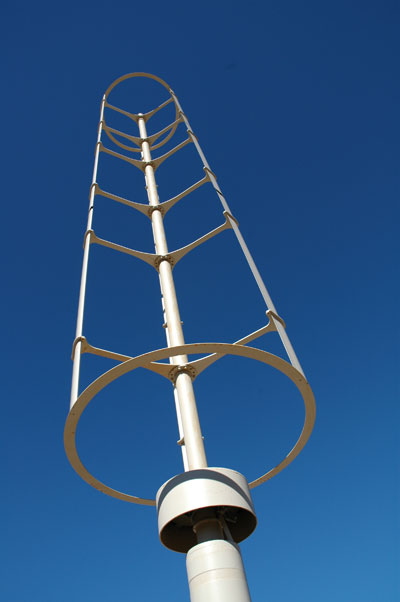
Vertical axis wind turbines(VAWTs), which may be as efficient as current horizontal axis systems, might be practical , simpler and significantly cheaper to build and maintain than horizontal axis wind turbines (HAWTs). They also have other inherent advantages, such as they are always facing the wind, which might make them a significant player in our quest for cheaper, cleaner renewable sources of electricity. VAWTs might even be critical in mitigating grid interconnect stability and reliability issues currently facing electricity producers and suppliers. Additionally, cheap VAWT’s may provide an alternative to the rain forest destruction for the growing of bio-fuel crops. This paper describes some research findingsof a particular original VAWT design and argues forncreased research and development of this technology.
Vertical axis wind turbines (VAWTs) in addition to being simpler and cheaper to build have the following advantages:
- They are always facing the wind – no need for steering into the wind.
- Have greater surface area for energy capture – can be many times greater.
- Are more efficient in gusty winds – already facing the gust
- Can be installed in more locations – on roofs, along highways, in parking lots.
- Do not kill birds and wild – life – slow moving and highly visible.
- Can be scaled more easily – from milliwatts to megawatts.
- Can be significantly less expensive to build – are inherently simpler .
- Can have low maintenance downtime – mechanisms at or near ground level
- Produce less noise – low speed means less noise
- Are more esthetically pleasing – to some.
Horizontal Axis Wind Turbines
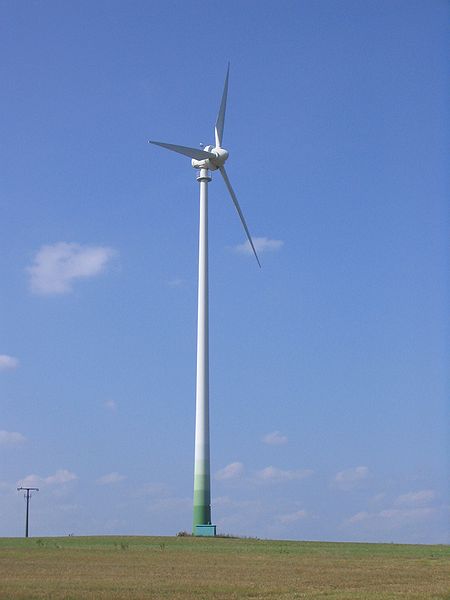
Horizontal-axis wind turbines (HAWT) have the main rotor shaft and electrical generator at the top of a tower, and may be pointed into or out of the wind. Small turbines are pointed by a simple wind vane, while large turbines generally use a wind sensor coupled with a servo motor. Most have a gearbox, which turns the slow rotation of the blades into a quicker rotation that is more suitable to drive an electrical generator.
HAWT advantages
• Variable blade pitch, which gives the turbine blades the optimum angle of attack. Allowing the angle of attack to be remotely adjusted gives greater control, so the turbine collects the maximum amount of wind energy for the time of day and season.
• The tall tower base allows access to stronger wind in sites with wind shear. In some wind shear sites, every ten meters up, the wind speed can increase by 20% and the power output by 34%.
• High efficiency, since the blades always move perpendicularly to the wind, receiving power through the whole rotation. In contrast, all vertical axis wind turbines, and most proposed airborne wind turbine designs, involve various types of reciprocating actions, requiring airfoil surfaces to backtrack against the wind for part of the cycle. Backtracking against the wind leads to inherently lower efficiency.
HAWT disadvantages
• The tall towers and blades up to 90 meters long are difficult to transport. Transportation can now cost 20% of equipment costs.
• Tall HAWTs are difficult to install, needing very tall and expensive cranes and skilled operators.
• Massive tower construction is required to support the heavy blades, gearbox, and generator.
• Reflections from tall HAWTs may affect side lobes of radar installations creating signal clutter, although filtering can suppress it.
• Their height makes them obtrusively visible across large areas, disrupting the appearance of the landscape and sometimes creating local opposition.
• Downwind variants suffer from fatigue and structural failure caused by turbulence when a blade passes through the tower’s wind shadow (for this reason, the majority of HAWTs use an upwind design, with the rotor facing the wind in front of the tower).
• HAWTs require an additional yaw control mechanism to turn the blades toward the wind.
Source
1.The Case for Vertical Axis Wind Turbines Terrence C. Sankar, Robert Morris University, Pittsburgh

